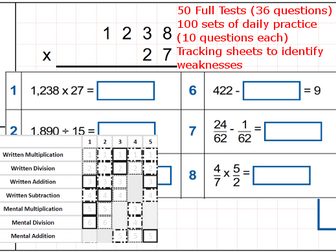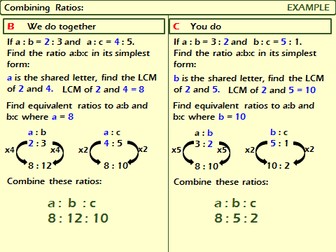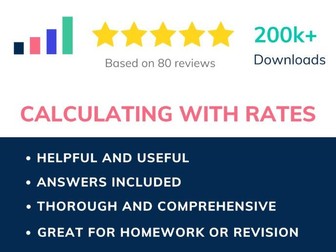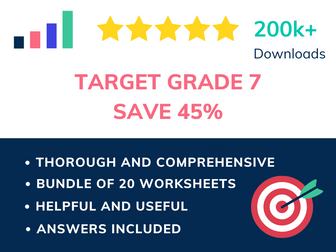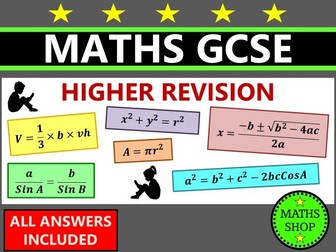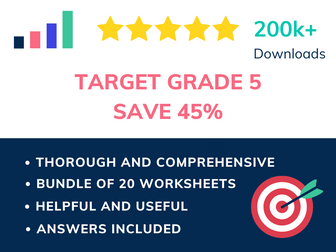
Simplifying Ratios Differentiated Worksheet
Suitable for both Key stage 3 and 4. This worksheet is designed to help pupils revise simplifying ratios. The worksheet is fully differentiated (mild, medium spicy, hot and challenge) allowing pupils to work at different levels simultaneously. The worksheet also features a section for pupils to self-assess their understanding and set a target for next lesson.
Answers included which can be directly projected onto the smart board to allow pupils to self-assess their answers.




